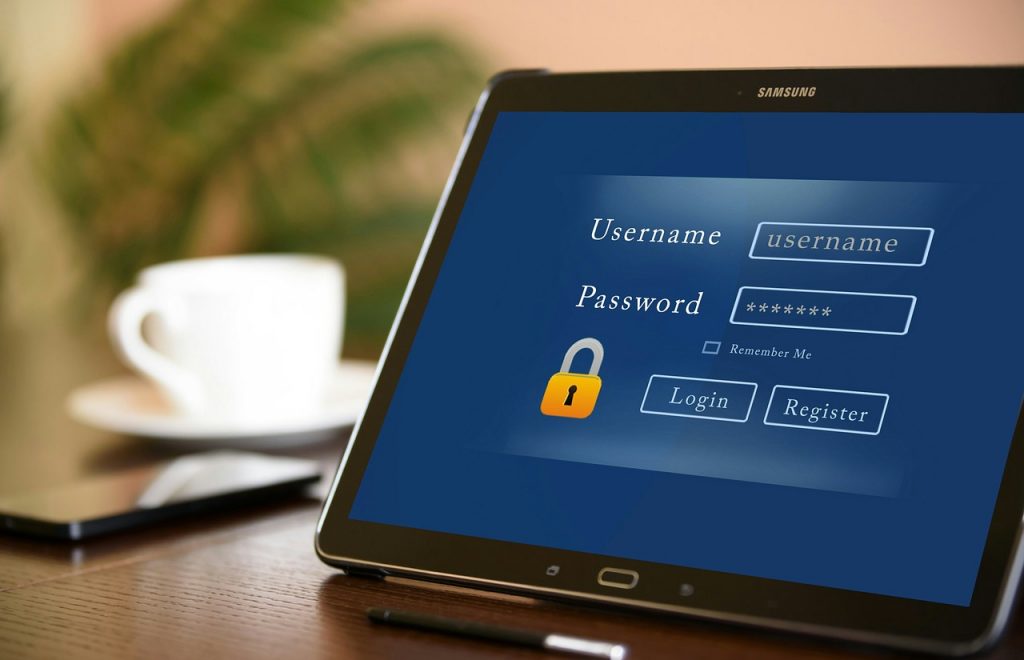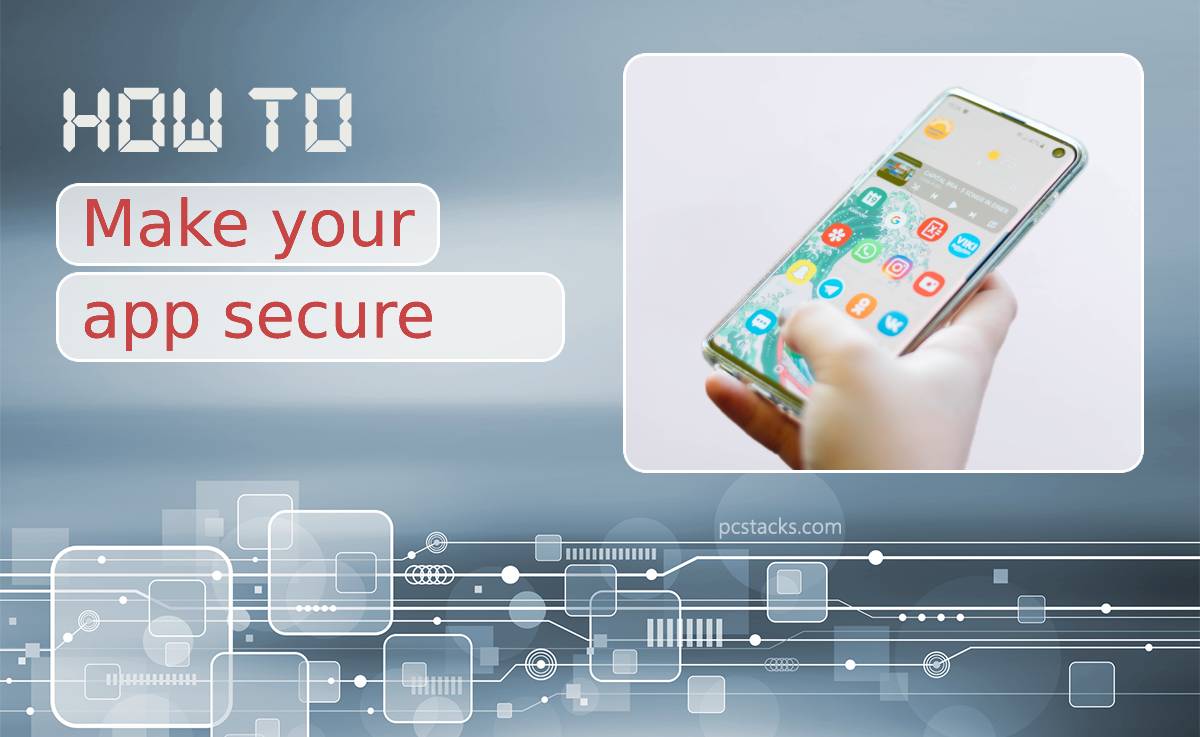Whether you’re building an app for your pleasure or as a strategic investment in your business, you’ll be excited to watch it all come together. It’s a process that involves several different components and a huge amount of problem-solving and creative thinking.
At the end of that process, you’ll have a brand new and sparkling app to bring to the market, where you could potentially see thousands or even millions of downloads. This guide advises on how you can make that app secure, so those who download it can be confident in the security protocols in place to protect their data.
Table of Contents
Security Ethos

One of the lessons we’ve learned from the past ten years of cybersecurity evolution is that you cannot leave security as a mere afterthought after your app has been composed and architected. That’s a way for criminals to find a back door in your code that you’ve done little to close in the creation process of your app.
It’s far wiser to build a security ethos into everything you do –asking yourself about security each step of the way in the design process.
That means being careful to check other apps, open-source coding guidelines, and weaknesses that have been exposed before. It might even mean asking a consultant to take a look at your code so far, as they’ll be able to point out vulnerabilities it might take you hours of research to find.
Due Diligence
When you’re creating your app, the buck stops with you. You’re the designer, and you’re responsible for how the app runs, how it protects data, and how it handles that data. This isn’t just about trust – it’s about national and international data regulations, which are in place to protect the consumer from cyberattacks.
In your case, you should always review the plug-ins and add-ons that you’re using in your app. Many apps are built upon open source components, which should be reviewed carefully, using an SCA test, to ensure they’re built securely. If they’re not, you should swap them out for components that are.
Customer Experience

When a customer or user logs in to your app, they should always do so via a password. It will help protect their unique user profile from hacks or breaches from third parties and criminals. But you still need to check that this person is who they say they are. Many firms opt to ask individuals to log in via Facebook or their email account, thus verifying their identity and linking their account to another digital service.
It has two benefits. It helps you ensure that your users are genuine, but it also means that they can recover their accounts automatically via the “forgot my password” link in your login menu. Meanwhile, these logins should be dealt with securely behind the scenes to ensure that no one can steal these critical details.
There you have it: three main tips to help you protect users’ data on your new app.




